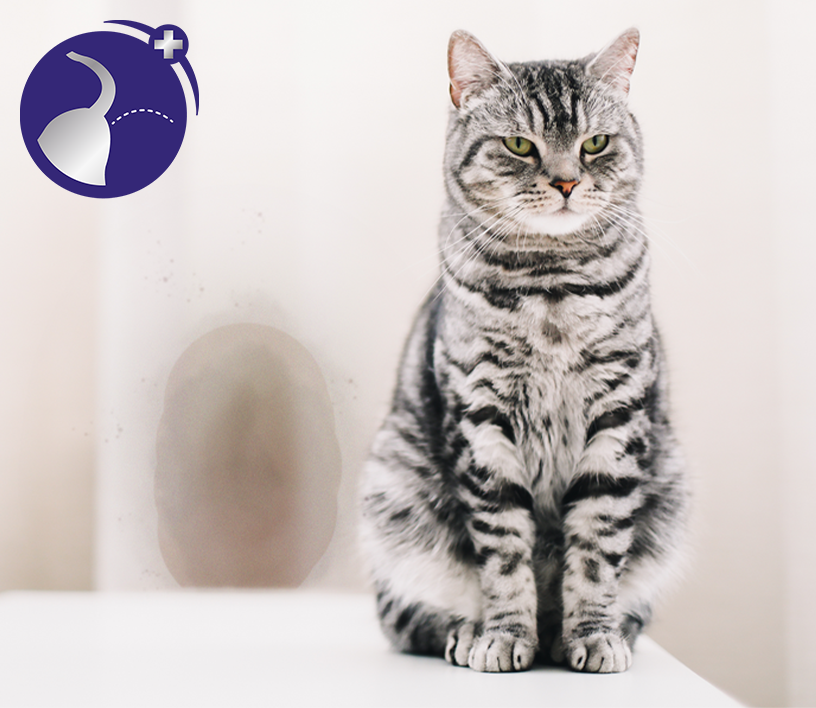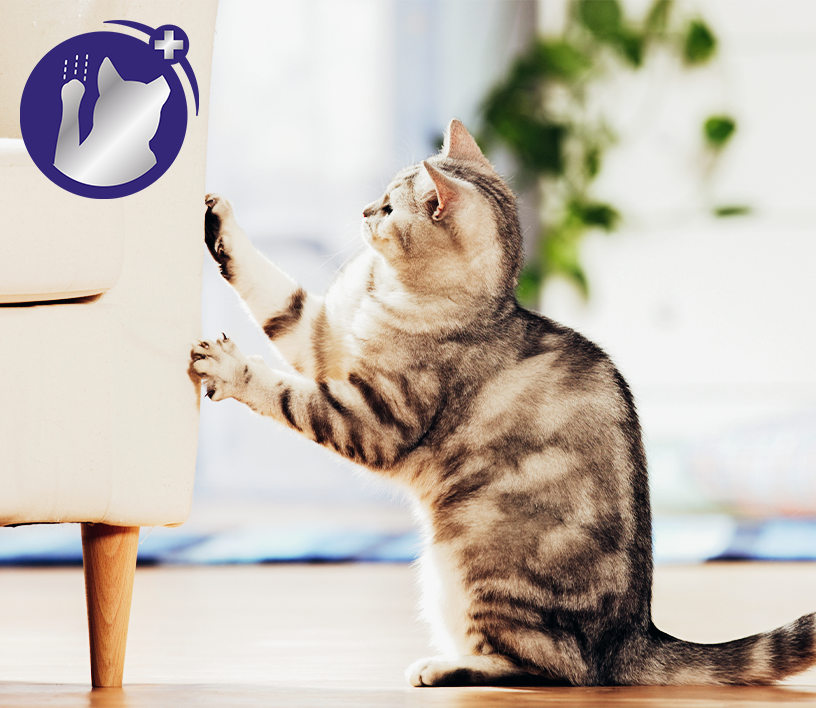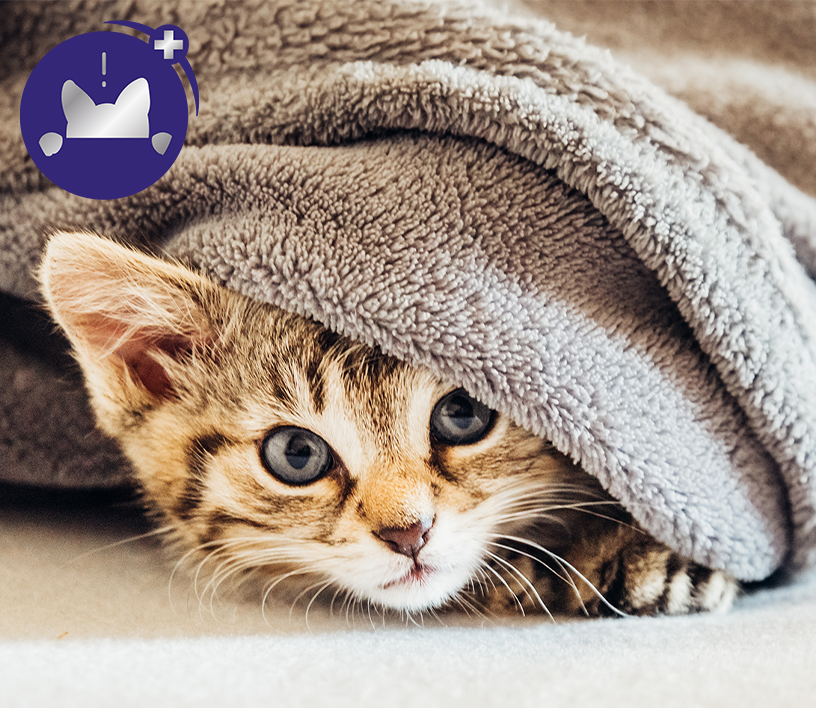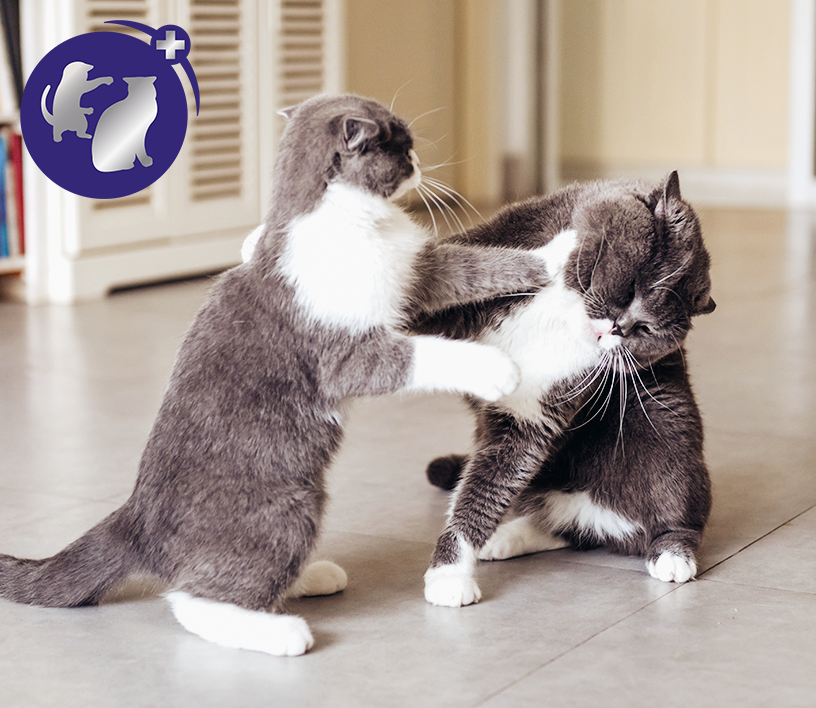
7 Kitten Training Tips for a Purrfect Relationship
Cats are smart, but they probably don't have a desire for verbal or physical praise from humans the way that dogs do! They are also generally more independent and are, frequently, quite content with their own company.
But, that doesn't mean that cats can't be trained, they certainly can, and training your cat can be just as important and rewarding as training other pets.
We expect our cats to cope with things that would not necessarily come naturally to them, like sharing their space with other animals, even though they are territorial creatures and are not used to sharing; or taking them away from their safe territory by using a cat carrier to visit the vet in a car. So, training your cat to be comfortable with different situations and experiences will not only help them, but it will also help you to achieve that purrfect relationship.
Points to remember
Before you embark on your 'training sessions' remember that:
- Cats are learning, or being trained, all the time by association, for example, they may have been staring at you when you were busy in the kitchen and you gave them a treat, so they tried it again and, hey presto, they've got one trick under their whiskers!
- Cats are naturally curious, so tap into this when training them.
- The perfect age to start training your cat is when they are a kitten, but it is also perfectly possible to train an older cat too, it might just take a little longer.
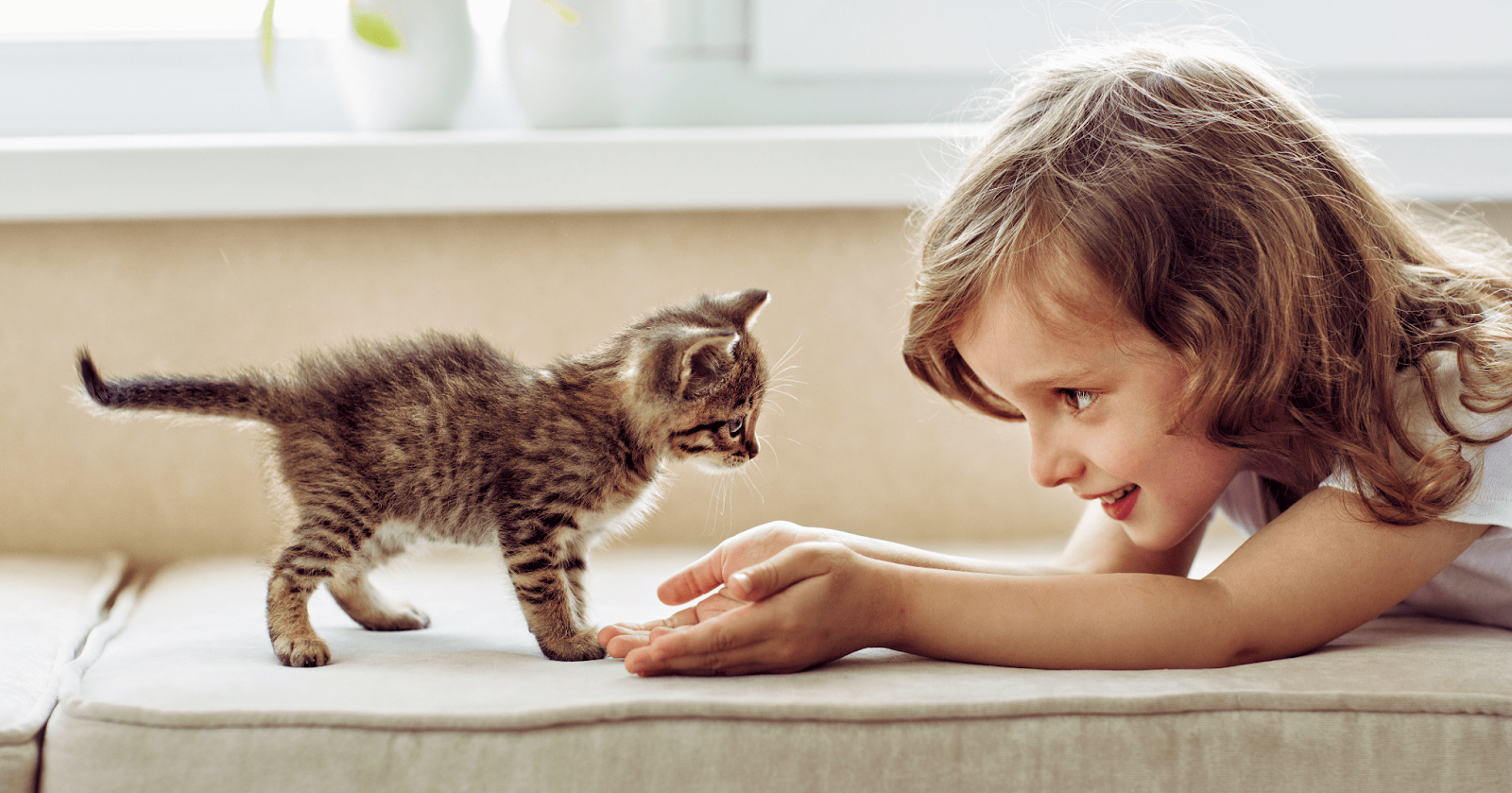
Benefits of training your cat
Your cat will become more sociable. Help your cat to learn about different sorts of people and to be comfortable sharing their home with them.
They will learn boundaries. Help your kitten to understand that human hands and feet are not toys, and that furniture is not for scratching!
They will accept human handling. Training your kitten to tolerate being handled will help them cope when they need to be groomed, have their nails clipped, or when they need to be examined by a vet.
They will respond to their name. When your cat responds to your call, you will be able to remove them from any danger or protect them from situations that you know will make them anxious, like fireworks or loud noises.
Your bond will be strengthened. Kittens love to play and spending time together training through play is a great way to bond with your kitten.

7 training tips for a purrfect relationship
- Reward-based training is the way to go. Find out what your kitten's favourite reward is, do they have a preferred kitty treat, are they just as happy to have a piece of their kibble, a morsel of chicken, or will they do anything for your homemade kitty-treats?
- If your kitten is young, spread the training sessions throughout the day so that they don't get tired. If you have an older cat, they may be more receptive to training early in the morning or in the evening.
- Keep the training sessions short and positive. Stop if they show any negative signs.
- Don't try and force them to take part in training sessions, if they are not interested, try again another time.
- Make sure your kitten is feeling comfortable and relaxed before you start any training. FELIWAY Optimum can help keep your cat serene, calm and receptive to your attention.
- Use a quiet space where your cat spends most of their time, so they don't get distracted by new or different things.
- Use their natural inquisitive instincts to keep their interest.
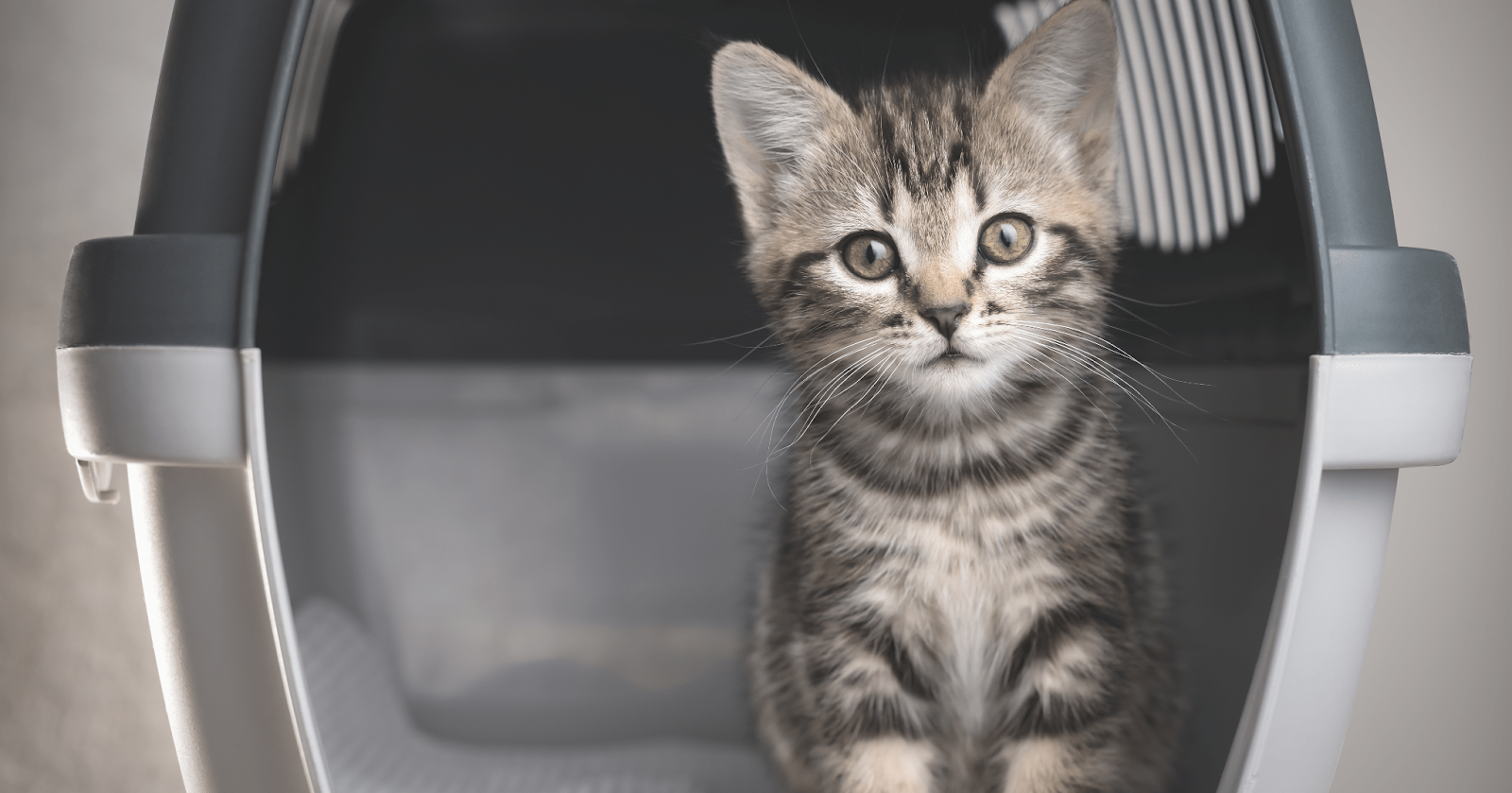
Cat training examples
Using the cat carrier. Instinctively, a cat does not like to be cornered or locked in a confined space, and they also don't like being taken away from their home territory, where they feel safe, so you need to make the cat carrier 'normal' for them.
Leave the carrier in a quiet place with the door open and a cushion or blanket inside that might tempt them in (you can even remove the top, initially). Their curiosity will, inevitably, get the better of them and they will go inside to investigate. Once they have investigated a few times, you can start closing the door for a few seconds, then minutes, building up to lifting the carrier and transporting them.
Always remember to reward them at every step, so that their association with the carrier is good and once you have had a successful journey, keep the carrier available to them in the home, if you hide it away in a cupboard for a while, it may take your cat time to get used to it again. If they show signs of hesitancy or nervousness, go back one step and try again. Patience is key.
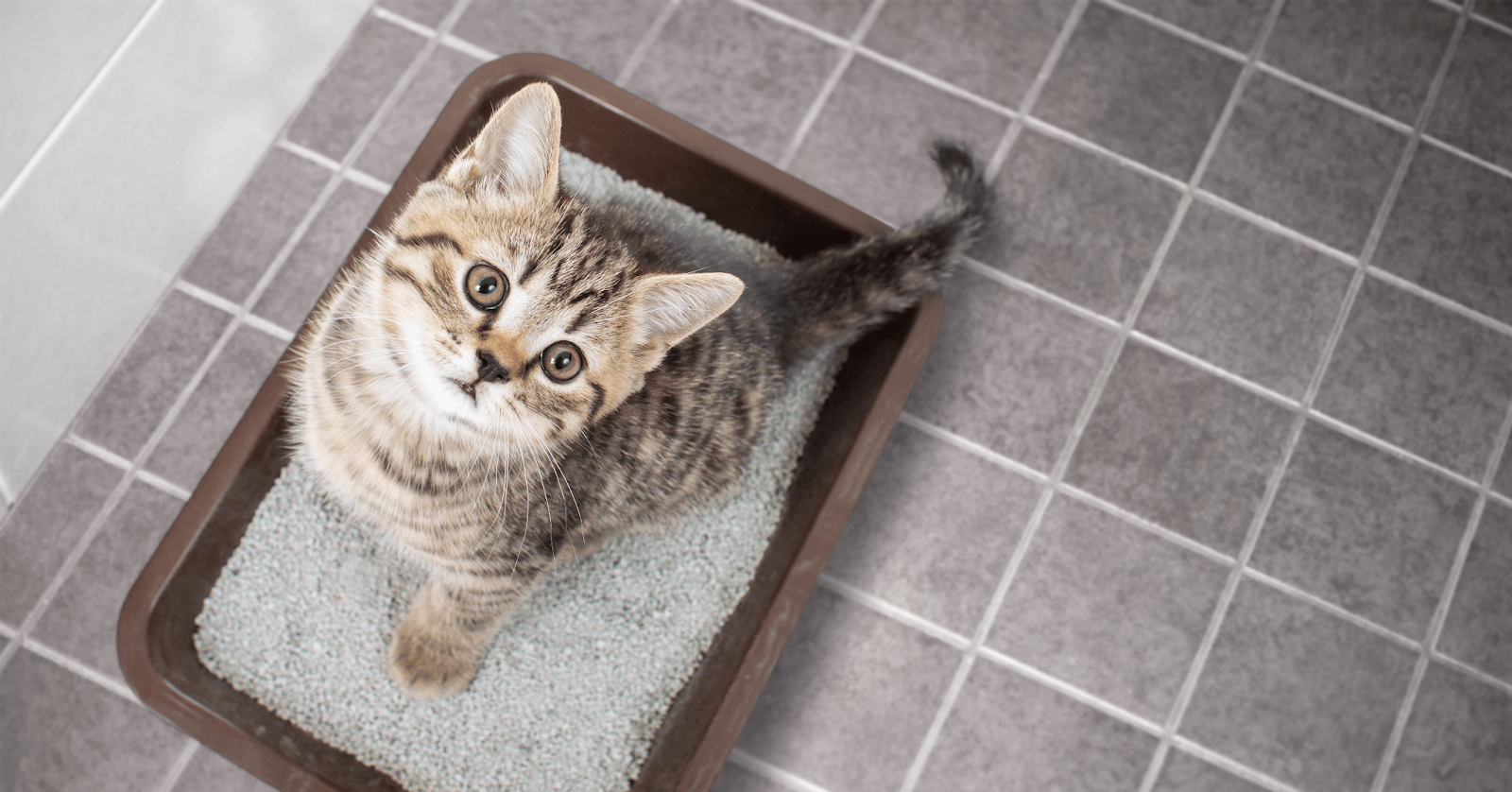
Using the litter tray. Kittens normally learn how to use a litter tray when they are still with their mother cat and siblings, so training them to use a litter tray should be relatively straightforward.
- Make sure the tray is the right size for your cat. Cats like to bury their poop so leave enough room for them to dig.
- Always put the litter tray in an accessible place. Consider taking your kitten there initially so they learn where it is, and eventually they will go there on their own accord.
- Remember cats like privacy, so a quiet area is ideal. Avoid next to full length windows, cat flaps and external doors, as in these areas they are more likely to be disturbed.
- You may have to try various substrates to find one that your kitty is happy with; as a first step, check which one was used when they were in their litter and start by using this one. If you want to change from this, make sure to do it gradually.
- If you have more than one cat, you will need more than one litter tray, at least one for each cat, and ideally an extra one.
- Do not place the litter tray close to any noisy kitchen equipment, like a washing machine. Cats don't like being disturbed, and it could deter them from using the tray at all.
- Change the substrate regularly, cats like clean toilets and if their litter tray has not been changed, they will likely soil outside the tray. Remember to scoop at least daily and clean the litter tray itself with cat-friendly cleaning products.
- Don't punish them for 'accidents'.
- Importantly, when you start to train them to use their litter tray, remember to reward them so that they have a positive association with it and they will return willingly.
Play sessions. Playtime is an important part of training, as it is not only great fun, but it can also help your cat develop their natural instincts like hunting, pouncing, hiding and chasing. Set aside regular times of the day and keep the playtime sessions interesting by rotating the games so that they don't get bored. If you learn what toys/games they like, you can then use this as a reward when training at other times.
It's important to remember that as your cat gets older, they may not have quite the same energy as they had when they were a kitten and may be just as happy to spend their time snuggling up with you, rather than chasing a toy mouse!
Training also teaches your cat to become a welcome member of your family, and learn how to cohabit with humans on mutually beneficial terms. It is a gradual process and can take time for kitties to learn, but it's important to always stay calm and patient. You might be surprised at how many "new tricks" your cat can learn!


















